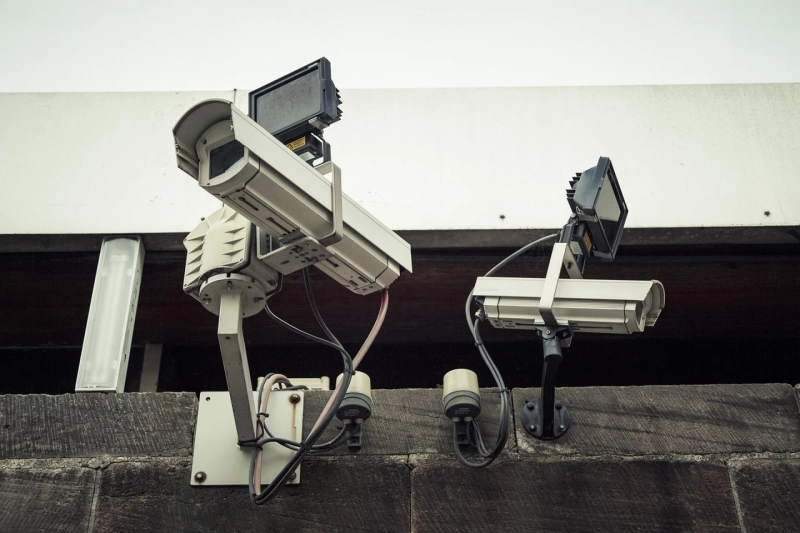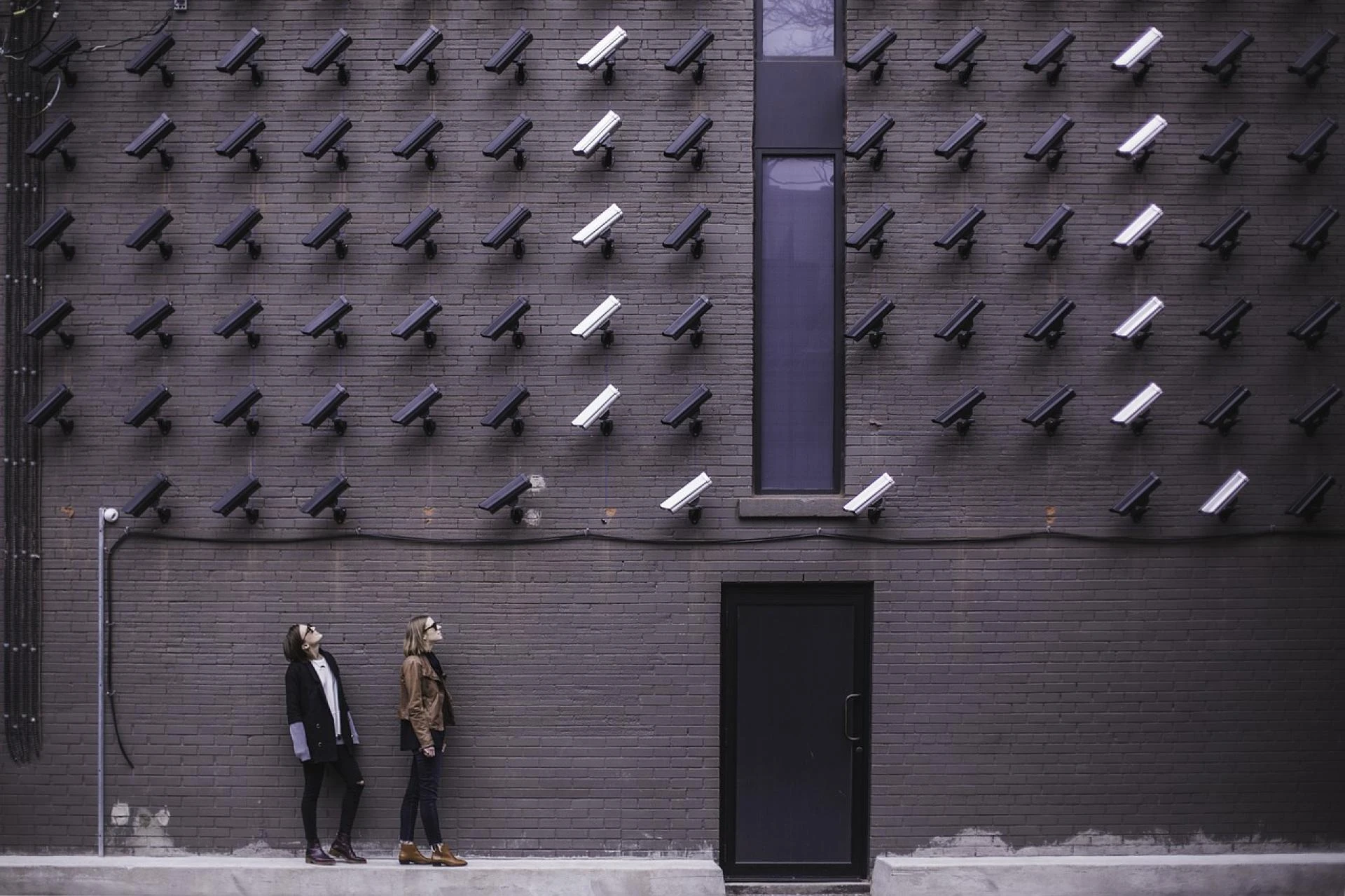Introduction: What is the CCTV Camera Full Form?
CCTV stands for Closed-Circuit Television. Unlike broadcast television, CCTV transmits signals to a specific set of monitors, making it a vital tool for surveillance and security. Over the years, CCTV has become synonymous with advanced monitoring solutions for homes, businesses, and public spaces. But what exactly makes up a CCTV system, and how does it work? Let’s dive into the details.
The Basics of CCTV: Understanding Its Core Purpose
CCTV systems are designed to enhance security, deter crime, and monitor activities in real-time. By providing continuous surveillance, these systems have become indispensable in various sectors, including:
- Residential Security: Protecting homes from intruders.
- Commercial Use: Safeguarding businesses, warehouses, and offices.
- Public Safety: Monitoring traffic, public spaces, and critical infrastructure.
Essential Components of a CCTV System
To understand how CCTV works, it’s crucial to know its basic components. Each component plays a specific role in ensuring the system functions seamlessly.
1. CCTV Cameras
The camera is the heart of any CCTV system. These devices capture footage and transmit it to recording and monitoring systems. There are several types of CCTV cameras, including:
- Dome Cameras: Ideal for indoor surveillance.
- Bullet Cameras: Perfect for outdoor monitoring.
- PTZ Cameras (Pan-Tilt-Zoom): Offer flexibility with adjustable angles and zooming capabilities.
2. Recording Devices
CCTV systems use Digital Video Recorders (DVRs) or Network Video Recorders (NVRs) to store video footage. The choice between DVR and NVR depends on the type of cameras used:
- DVRs: Compatible with analog cameras.
- NVRs: Designed for IP (Internet Protocol) cameras.
3. Monitors
Monitors display live or recorded footage, enabling users to view activities in real-time or review past events. Modern systems often integrate mobile apps for remote viewing.
4. Cables and Power Supply
Wires, such as coaxial or Ethernet cables, connect cameras to recording devices. Some systems use Power over Ethernet (PoE) technology to simplify installation.
5. Storage Devices
Hard drives or cloud-based storage solutions store video data for future reference. Storage capacity depends on factors like resolution, frame rate, and recording duration.
How Does a CCTV System Work?
CCTV systems function by transmitting video signals from cameras to recording devices and monitors through a closed-loop network. Here’s a step-by-step breakdown:
- Capture: Cameras capture footage within their field of view.
- Transmission: Video signals are sent to the recording device.
- Recording: Footage is stored on a hard drive or cloud storage.
- Monitoring: Users can view footage on monitors or through apps.
Types of CCTV Cameras and Their Applications
1. Analog Cameras
Traditional and cost-effective, analog cameras are suitable for basic surveillance needs. They require a DVR for recording.
2. IP Cameras
These cameras offer high-resolution footage and can transmit data over the internet, making them ideal for modern surveillance setups.
3. Wireless Cameras
Wireless cameras eliminate the need for extensive cabling, providing flexibility during installation. They connect to the network via Wi-Fi.
4. Thermal Cameras
Thermal cameras detect heat signatures, making them perfect for low-light or no-light conditions.
Benefits of CCTV Systems
CCTV systems provide numerous advantages, making them a preferred choice for security worldwide.
1. Enhanced Security
CCTV deters potential criminals and ensures a safer environment for homes and businesses.
2. Remote Monitoring
Modern CCTV systems allow users to monitor their properties remotely through smartphones or computers.
3. Evidence Collection
In case of incidents, CCTV footage serves as valuable evidence for investigations and legal proceedings.
4. Cost-Effective
With advancements in technology, CCTV systems have become more affordable, offering high-quality surveillance at reasonable prices.
Advanced Features in Modern CCTV Systems
1. AI Integration
Artificial intelligence enables features like facial recognition, object detection, and motion analysis.
2. Night Vision
Infrared technology ensures clear footage even in low-light conditions.
3. Cloud Storage
Cloud-based storage offers scalability and convenience, eliminating the need for physical storage devices.
4. Two-Way Audio
Some cameras come equipped with microphones and speakers, allowing real-time communication.
Choosing the Right CCTV System for Your Needs
When selecting a CCTV system, consider the following factors:
- Purpose: Determine whether you need it for indoor, outdoor, or specialized surveillance.
- Budget: Analyze costs for installation, equipment, and maintenance.
- Features: Evaluate essential features like resolution, storage capacity, and connectivity.
- Scalability: Opt for a system that can expand as your requirements grow.
Common Misconceptions About CCTV
1. CCTV Systems Are Expensive
While initial costs may seem high, the long-term benefits outweigh the investment.
2. CCTV Is Only for Businesses
CCTV systems are equally beneficial for residential security.
3. All CCTV Cameras Are the Same
Different cameras serve specific purposes; understanding their types helps in making the right choice.
The Future of CCTV Technology
With rapid technological advancements, CCTV systems are becoming smarter and more efficient. Emerging trends include:
- 5G Connectivity: Faster data transmission and real-time monitoring.
- IoT Integration: Seamless connectivity with other smart devices.
- Advanced Analytics: AI-driven insights for proactive security management.
Conclusion: Why CCTV is a Must-Have for Security
Understanding the CCTV camera full form and its components provides a solid foundation for selecting the right system. Whether for personal or professional use, CCTV systems are invaluable tools for ensuring safety and peace of mind. As technology continues to evolve, investing in a reliable CCTV system is more accessible and beneficial than ever.
By knowing the essentials of CCTV, you’re better equipped to make informed decisions about your security needs. Explore your options today and stay one step ahead in safeguarding what matters most.



